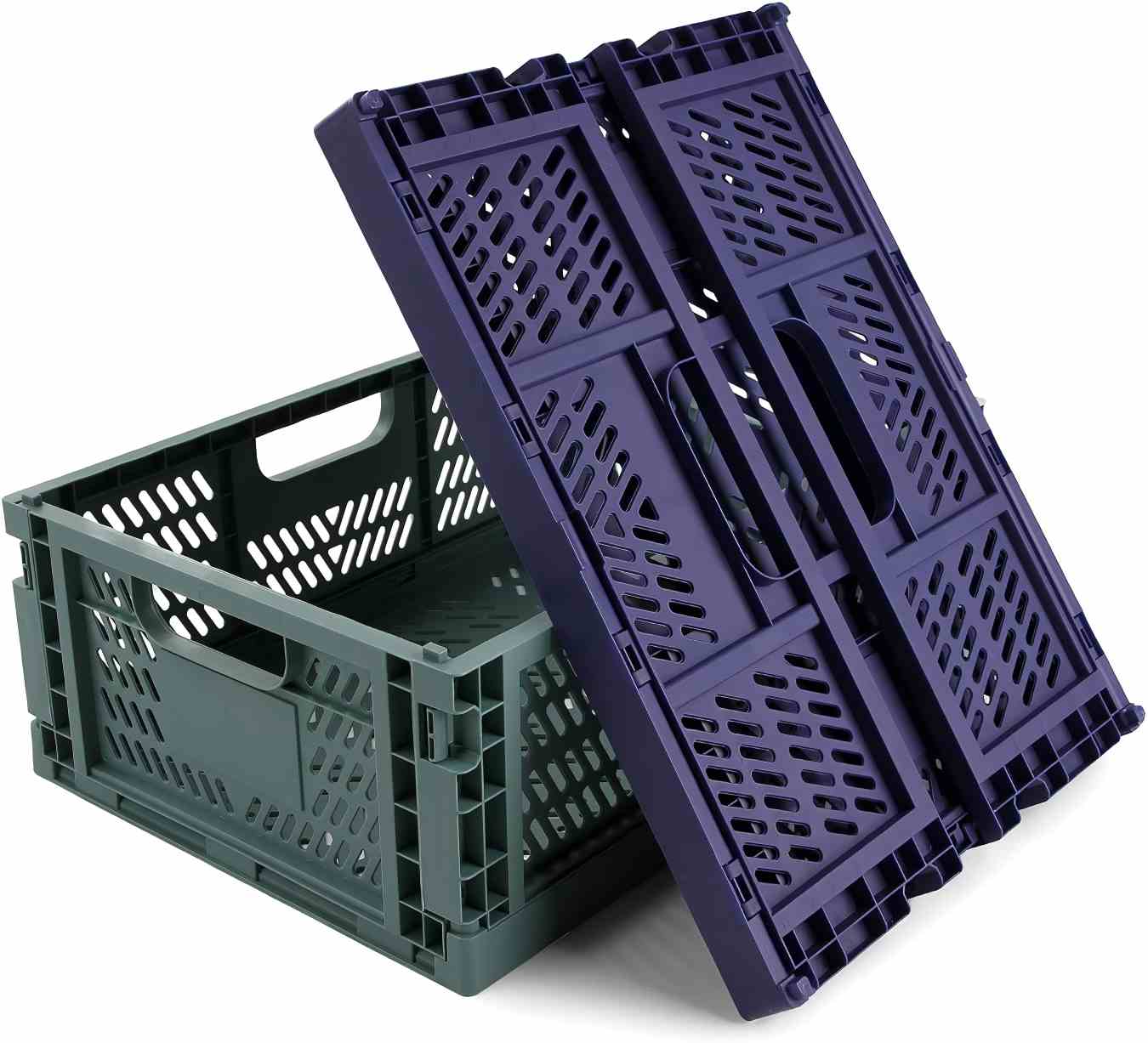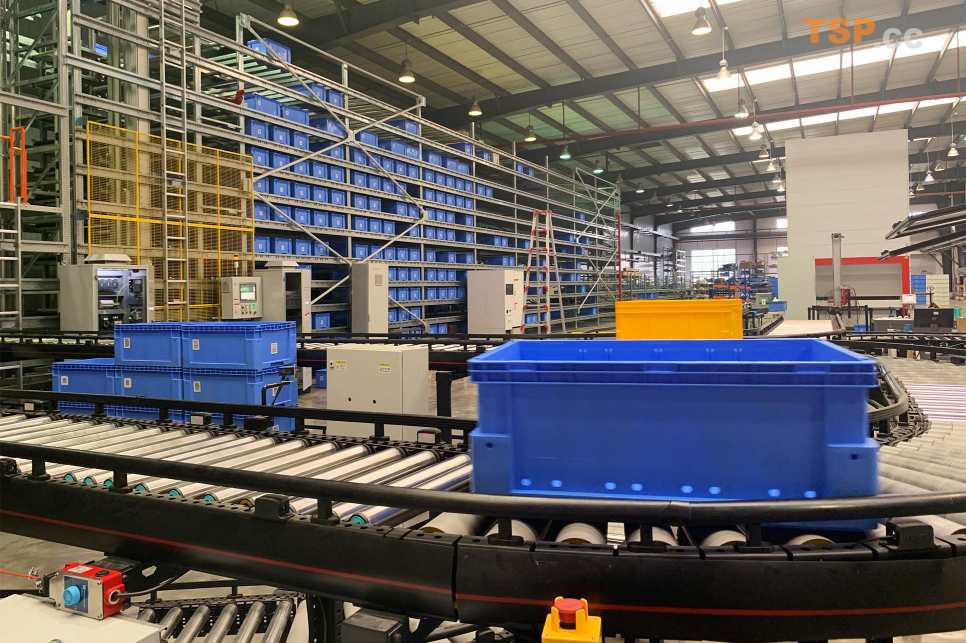
 +86-25 8222 1642
+86-25 8222 1642
News
Why Plastic Transport totes Need to Go Green
- Categories:News
- Time of issue:2025-08-08
【Summary description】Green turnover boxes leverage material innovation (bio-based/recycled content), circular systems (smart tracking/recycling), and policy alignment (EPR laws) to achieve sustainability. Despite cost and infrastructure hurdles, they are transitioning from optional to essential in global logistics
Why Plastic Transport totes Need to Go Green
【Summary description】Green turnover boxes leverage material innovation (bio-based/recycled content), circular systems (smart tracking/recycling), and policy alignment (EPR laws) to achieve sustainability. Despite cost and infrastructure hurdles, they are transitioning from optional to essential in global logistics
- Time of issue:2025-08-08
Have you ever wondered where all our used plastic packaging ends up? A 2018 UN report revealed that over 50% of plastic packaging waste isn't properly treated or recycled. Even more concerning, global plastic production hit 360 million metric tons in 2023—and experts predict this could nearly double to 700 million metric tons by 2040 (International Energy Agency). With such massive production scales straining our environment, shifting to greener manufacturing isn't just an option; it's an urgent necessity.

What "Green" Manufacturing Means and How It’s Applied to Plastic totes
Simply put, "green" manufacturing aims to minimize environmental harm across a product's entire lifecycle—from design and production to disposal. It focuses on saving resources, cutting energy use, and reducing pollution through innovative technologies. Below, we explore real-world examples of how this approach is transforming plastic tote manufacturing:
Case 1: Switching to "Earth-Friendly" Materials
Traditional plastic totes rely heavily on petroleum-based plastics. Research from Lund University in Sweden shows that using plant-oil-derived biopolyester instead can slash greenhouse gas emissions by nearly 50% compared to conventional methods. This "plant plastic" not only eases pressure on fossil resources but also shrinks the product's carbon footprint.

Case 2: Mastering Recycling & Reuse
Recycling plastic effectively is harder than it sounds. Studies by the KWR Water Research Institute in the Netherlands prove that advanced separation technologies (physical and chemical methods) significantly boost the quality and usability of recycled plastics. Companies like Shell exemplify this by running dedicated recycling plants that reprocess industrial plastic totes into new ones. This slashes the need for raw materials and dramatically cuts pollution from mining and manufacturing.
Case 3: Smarter Production Lines
Data from Germany's Fraunhofer Institute indicates that smart automated production systems can reduce energy use in Tote manufacturing by 20% while sharply lowering waste generation. These systems monitor and adjust processes in real-time, speeding up production while conserving resources and reducing emissions.
The Future: Policies Are Pushing Change
As environmental regulations tighten globally, policies are accelerating green manufacturing adoption. For example, the EU's 2019 Circular Economy Action Plan targets plastic waste reduction and higher recycling rates. Projections suggest that by 2030, over 40% of plastic totes in Europe will be made using these eco-friendly methods. For manufacturers, this shift isn't just about compliance—it's a chance to cut costs and protect the planet.

Contact us
Shangfeng Tangshan Industry Park, Jiangning District
Nanjing 211134, P.R. China
Tel:86-025-82221642
Fax:86-025-82221643
E-mail:info@tsp.cc
Product Series

苏ICP备11075272号-1